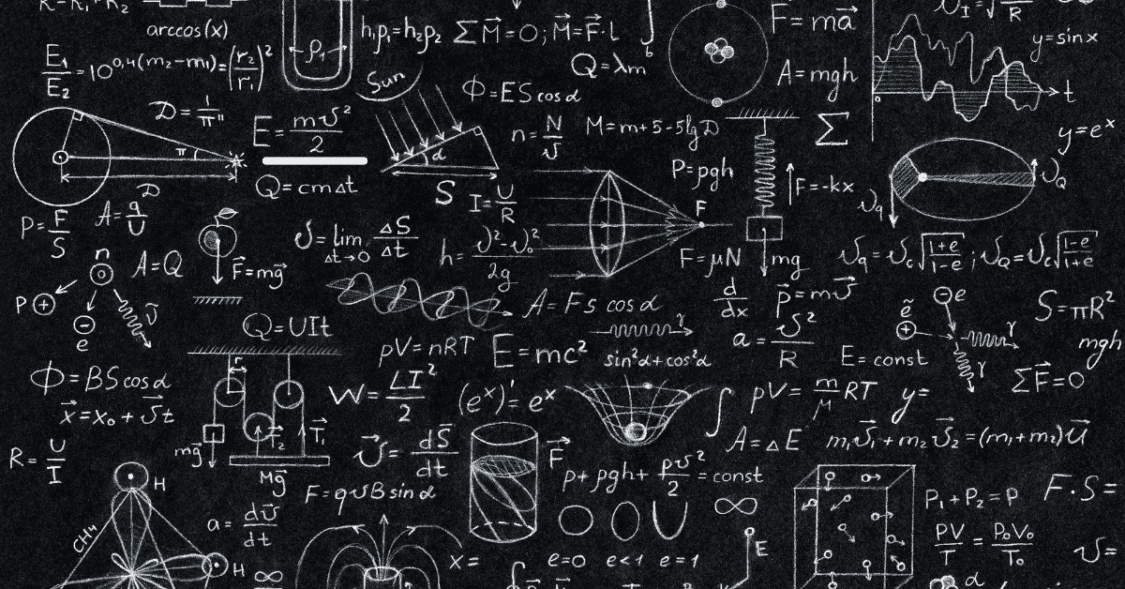The process of cryptocurrency mining is a complex mathematical problem that requires solving. Miners are essentially the key parts of many cryptocurrency networks. They spend their time solving these complex math problems providing the network with an idea known as “proof of work”, which then verifies Ethereum transactions.
The proof of work concept that underlies Ethereum mining is crucial for maintaining the security and efficiency of the network. By requiring miners to solve complex mathematical problems to validate transactions, the network ensures that only real transactions are added to the blockchain. This helps in avoiding the manipulation of the system.
Proof of Work Explanation:
The first step in the PoW process is for a user to initiate a transaction on the Ethereum network. This transaction is broadcasted to all nodes on the network. Each node validates the transaction, ensuring the sender has adequate funds and that the transaction follows all the correct rules. Once a node has validated a set of transactions, they are grouped into what is referred to as a block. Each block includes a unique hash created by hashing the contents of the block. This hash is essentially what makes the blockchain secure. The hash ensures that no outsider can tamper with previous blocks without being detected.
Following this, miners on the network start competing to solve a cryptographic puzzle related to the block’s hash. This puzzle is challenging to solve but is simple to verify once done. The block is added to the network and rewarded with Ether to the first miner who can solve the challenge.
This process is called proof of work.
The process of solving the cryptographic puzzle requires significant computational power and electricity, which is what makes the network secure. It prevents malicious actors from easily manipulating the blockchain, as they must control a significant portion of the network’s computational power. Every other node on the network verifies the work done by the first miner after they have completed the puzzle and added the block to the blockchain. They then add it to their copy of the blockchain. By doing so, the blockchain’s consistency and immutability are guaranteed across all copies.
As effective as the proof of work process, it is also an energy-intensive and time-consuming process. As a result, Ethereum is transitioning to a proof-of-stake (PoS) system, which is expected to be more efficient and environmentally friendly.
Hash Function and Difficulty:
Miners are also in charge of producing new Ether tokens, and they earn Ether as a reward for successfully completing a PoW operation.
PoW is based on the hash function. It is an “encrypted” piece of data, and it is procedurally generated from arbitrary input. The distinction between hashes and traditional encryption is that hashes are one-way processes. The only successful way to see which input is being used to generate a hash is by testing all possible combinations and seeing which is booming. Any tiny changes in the initial data can result in entirely different results.
As the network’s computational power increases, so does the hash function’s difficulty. This increase ensures that blocks are consistently added to the blockchain, regardless of the computational power miners use. The hash function’s difficulty is essential in determining the its profitability. Miners with more computational power have a better chance of solving the function and gaining a reward.
Overall, the hash function and difficulty are critical components of cryptocurrency mining. They both ensure the security and reliability of the network. As the cryptocurrency mining industry continues to grow, new and innovative approaches to hash functions and difficulty adjustments will likely be introduced, potentially impacting the profitability and sustainability of mining operations.
The “difficulty” option is for designating a list of desired hashes in proof-of-work. Miners must brute force a combination of factors, including the previous block’s hash, to generate a hash that meets the difficulty’s requirements. This energy-intensive activity is readily controlled by increasing or decreasing the difficulty. A miner’s “hash rate” tells them how many combinations are possible in a second. The more miners cooperate, the more difficult it is to replicate the network for entities outside the system.
Why should you mine Ethereum?

Mining a network leads to the network’s security; it can be a complex process, but it is worth the profitable business it brings with it. Miners earn a reward for each block in addition to users’ transaction fees.
Other reasons exist for why someone would choose to mine Ethereum. A community member could choose to mine at a loss solely to help secure the network, as each extra hash counts. Mining can also obtain Ether without needing to make a direct investment.
The use of home mining is a solution for cheaper heating. The device used turns electricity into cryptocurrency and heat. It can be helpful for people living in colder climates as cryptocurrency is worth less than the cost of energy.
Is mining Ethereum profitable?

The profitability of any mining depends on the cost of power. Anything less than $0.12 per kilowatt-hour utilized in an hour will likely be profitable. Rates less than $0.06 makes mining a successful economic business. In addition to the cost of power, miners also need to consider other factors that can impact their profitability, such as the cost of mining hardware, maintenance costs, and the price of the cryptocurrency being mined. It’s essential to thoroughly research and consider these factors before investing in a mining operation. You need to ensure that it is financially doable and beneficial over the long term.
Overall, while low-cost power is essential in mining profitability, miners must also be aware of other expenses and risks to ensure they can generate sustainable profits in the highly competitive cryptocurrency mining industry.
What impact will the transition to proof-of-stake have on Ethereum mining profitability?
The transition from proof-of-work to proof-of-stake consensus algorithm in Ethereum is expected to impact the profitability of Ethereum mining significantly.
In the proof-of-work system, miners use their computational power to solve complex math problems and validate transactions on the network. In return for their work, they receive newly minted Ether tokens. However, as we mentioned, this process is energy-intensive and requires significant computing power.
On the other hand, the proof-of-stake system does not require miners to deal with complex mathematical problems. Instead, validators are chosen according to the amount of Ether they hold and are willing to “stake” as collateral. Validators are then spontaneously selected to validate transactions and add new blocks to the blockchain.
The main advantage of PoS over PoW is that it requires much less energy and computational power, making it more efficient and environmentally friendly. It also means that the rewards for validators will be significantly lower than those for miners in the proof-of-work system.
As a result, the transition to proof-of-stake is expected to reduce profitability in Ethereum mining, as the mining rewards will gradually minimise over time. As a result, some miners might switch their focus to other cryptocurrencies or alternative investing strategies.
It’s important to note that the exact impact of the transition to proof-of-stake on Ethereum mining profitability is difficult to predict. It will depend on factors such as the price of Ether, the adoption rate of the new consensus algorithm, and the overall state of the cryptocurrency market.
Conclusion
In conclusion, Ethereum mining is profitable for those with the technical skills and resources to invest in hardware, electricity, and cooling systems. However, the profitability of Ethereum mining is subject to many factors, including the price of Ethereum, the mining difficulty, the cost of electricity, and the efficiency of mining hardware. However, the transition to a proof-of-stake algorithm is expected to affect mining profitability significantly. While proof-of-stake is more efficient and environmentally friendly than proof-of-work, it also means that the rewards for validators will be much lower than those for miners in the proof-of-work system.
The hash function and difficulty are essential components of cryptocurrency mining, enabling the verification of transactions and the network’s overall security. While challenges and risks associated with mining linger, emerging trends and innovations such as green mining and decentralized mining pools may offer new opportunities for miners to increase profitability and sustainability.
It’s worth noting that the exact impact of the transition to proof-of-stake on Ethereum mining profitability is difficult to foresee. It will depend on factors, such as the new consensus algorithm’s adoption rate and the crypto market’s state. Furthermore, mining is a highly competitive industry, and the profitability of mining can fluctuate quickly based on market conditions and changes in mining difficulty. Overall, Ethereum mining can be a good opportunity for those with the resources and expertise to invest in mining hardware, electricity, and cooling systems. Keep your goals in mind when making any decision related to the crypto market.




